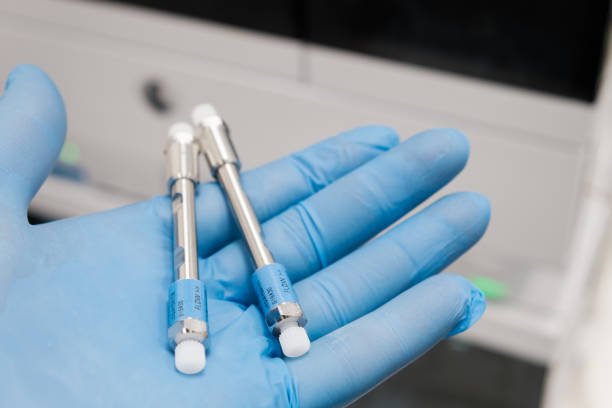Choosing an HPLC Column Supplier

When it comes to choosing an HPLC column, the right choice is based on several factors. In addition to the performance of the column itself, you should also consider the cost and turnaround time of the supplier. If you are looking for the best separation performance, here are some tips to guide your decision making process: Column lifetime is one of the most important parameters in HPLC. While some newer liquid chromatographs will keep track of the number of injections, many chromatographers do not.
Once a chromatographer installs a HPLC column in their instrument, they generally leave it there until it shows a significant loss in resolution or tailing. In some cases, they will also keep a logbook to track the usage time of the HPLC column. A survey of HPLC users by LCGC Europe found that chromatography supply houses hold a slight lead over general laboratory suppliers. The survey results also show that the share of chromatography supply houses increased. It was 18% in 2009 and 19% in 2010. It is important to note that the share of general laboratory suppliers declined in this survey, while the share of dedicated chromatography suppliers increased. Despite this, LCGC notes that some users purchase columns from general laboratory distributors.
However, this type of supplier is less technical and is not focused on the needs of a specific laboratory. A general laboratory distributor will sell many columns, but will not offer the same level of support that a dedicated chromatography supplier will offer. Get extra resources today! When choosing a column for HPLC, always consider the resolution and size of the column. Longer columns yield higher resolution. A resolution of 1.5 and higher is considered good. The correct column length should be determined based on the separation goal. A 15-cm column with a backpressure of 11 Mpa is generally sufficient. See company website today! BIA Separations was one of the first to commercialize polymeric monoliths and a silica monolith. The technology was originally developed by Tanaka and colleagues at the Kyoto Institute of Technology.
Later, Merck received a license to develop the silica monoliths and launched its Chromolith line of monolithic HPLC columns at PittCon 2001. In the 1990s, the industry shifted from research to process engineering. Columns with 3mm particulate particle size were already commonplace, but sub-2mm columns were still in the research stage. As the particles became smaller, the backpressure was increased. As a result, a new field of chromatography was born: ultra high pressure liquid chromatography. HPLC equipment now withstands pressures of up to 1,000 bars. As the technology for HPLC improved, the user interface also improved. This was crucial for the isolation of hundreds of peptides and biomarkers from ever-reducing sample sizes. To know more about chromatography, visit this website at https://www.youtube.com/watch?v=uOhefwQBAbI.
